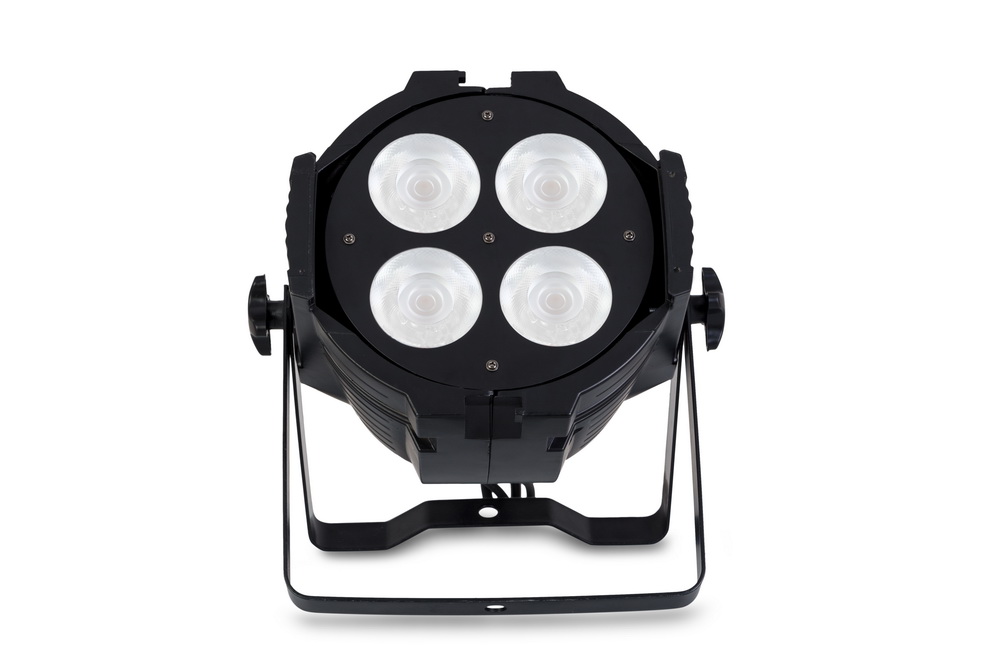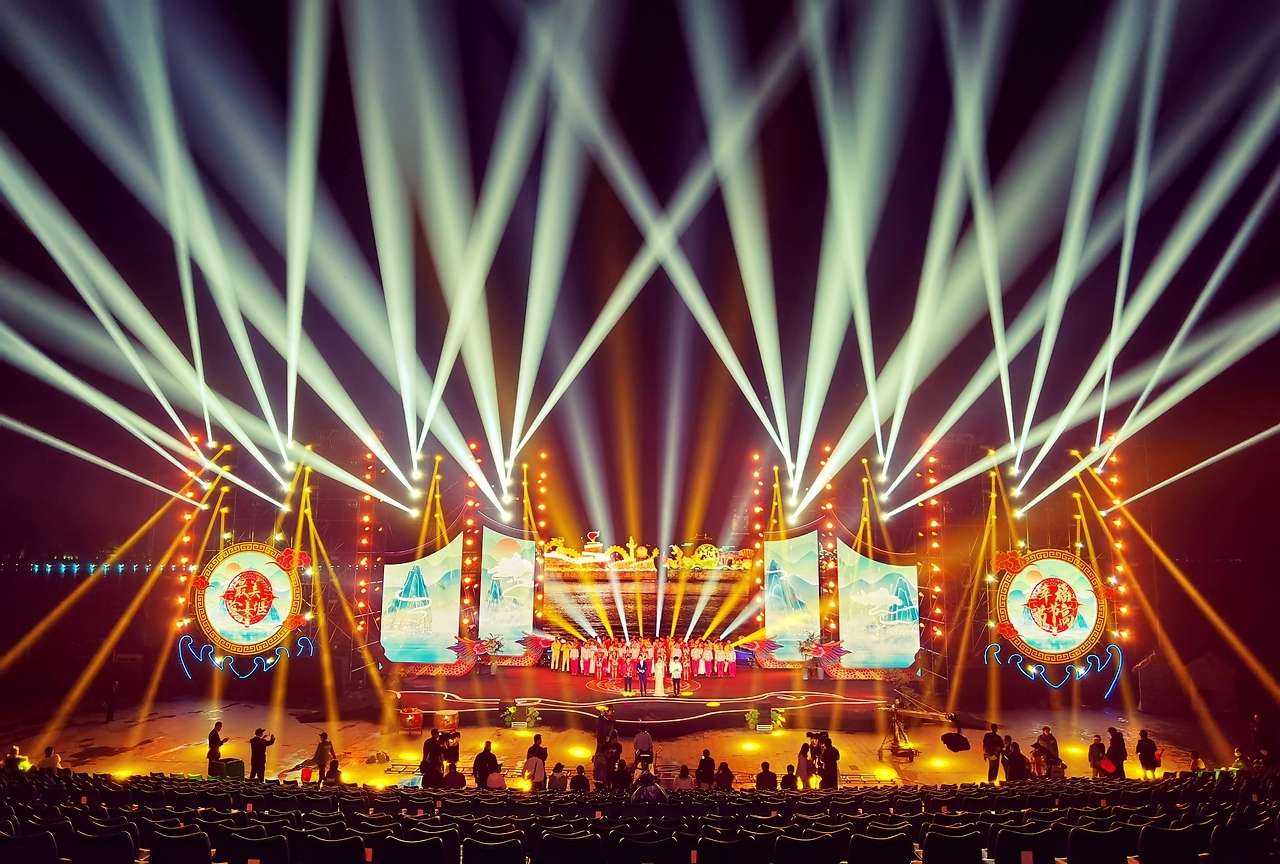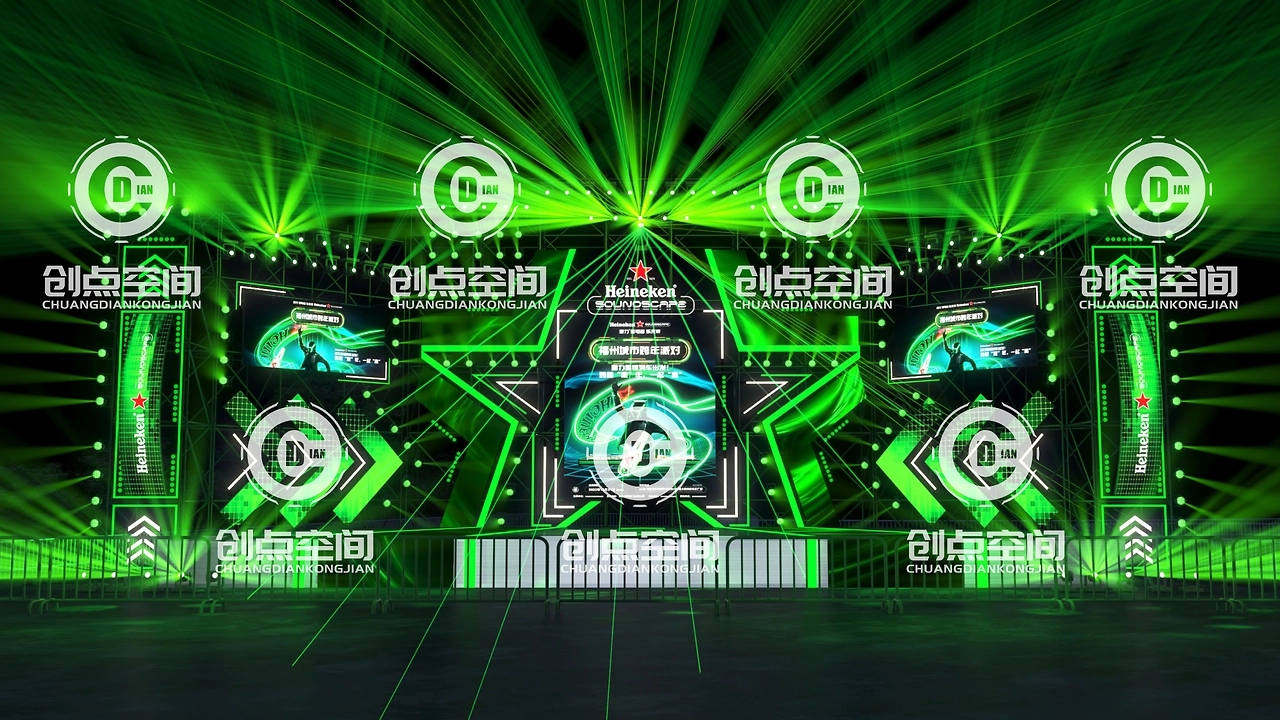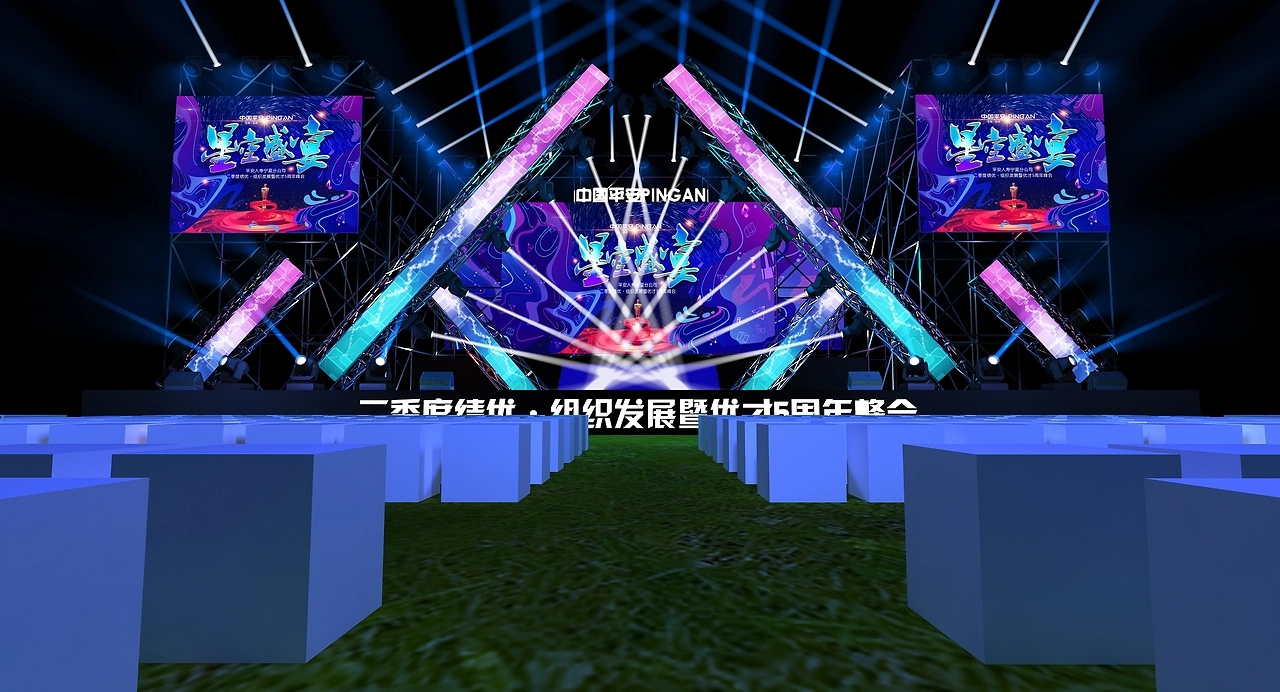In today's rapidly changing field of optoelectronic technology, directional beam devices, as a new generation of lighting solutions, are reshaping the application scenarios of laser lamps in multiple industries. This type of device generates highly coherent light sources through the principle of stimulated radiation, and its technical characteristics demonstrate revolutionary advantages in terms of power density, collimation, spectral purity, and other dimensions. Based on the differences in power levels and application fields, this type of equipment has evolved into two technical branches: industrial grade precision optical knife systems and performance space enhancement devices.
Whatsapp:+86 134 1860 8878
Laser Lamp Case
In the high-end manufacturing field, high-power industrial grade laser equipment has become an indispensable "optical knife". Since the first carbon dioxide laser was applied to metal cutting in 1965, this type of equipment has developed a complete power spectrum from kilowatts to kilowatts. In the automotive industry, laser welding technology achieves seamless splicing of vehicle body structures with a processing speed of tens of meters per second and micrometer level positioning accuracy. The TruDisk series equipment from Germany's Transfast Group has improved the beam quality to BPP<0.4mm · mrad, and with the help of adaptive focusing mirrors, it can achieve precise removal of complex contours on three-dimensional surfaces.
Whatsapp:+86 134 1860 8878
It is worth mentioning that in the field of semiconductor wafer slicing, ultraviolet laser equipment has achieved cold processing removal of brittle materials through the 355nm short wavelength characteristic, and the heat affected zone is controlled within 5 μ m. This non-contact processing method not only eliminates mechanical stress, but also increases the yield rate to over 99.8%. Under extreme working conditions, some equipment adopts a diamond heat sink+liquid nitrogen circulation cooling system, which can continuously output 5kW stable power at an ambient temperature of 80 ℃.
When laser technology entered the entertainment industry, it spurred the emergence of a new spatial narrative language. Above the dome of the O Show in Las Vegas, a laser matrix driven by the Pangolin control system can project a dynamic light field covering a 180 ° field of view. This type of device uses RGBY four color synthesis technology, combined with high-speed galvanometers to achieve a scanning frequency of 120000 points per second, which can accurately reproduce dynamic effects such as flames and water flow. The latest K-Series equipment launched by a well-known international brand compresses the beam divergence angle to 0.3mrad, and can still maintain a coin sized focused spot at a projection distance of 100 meters.
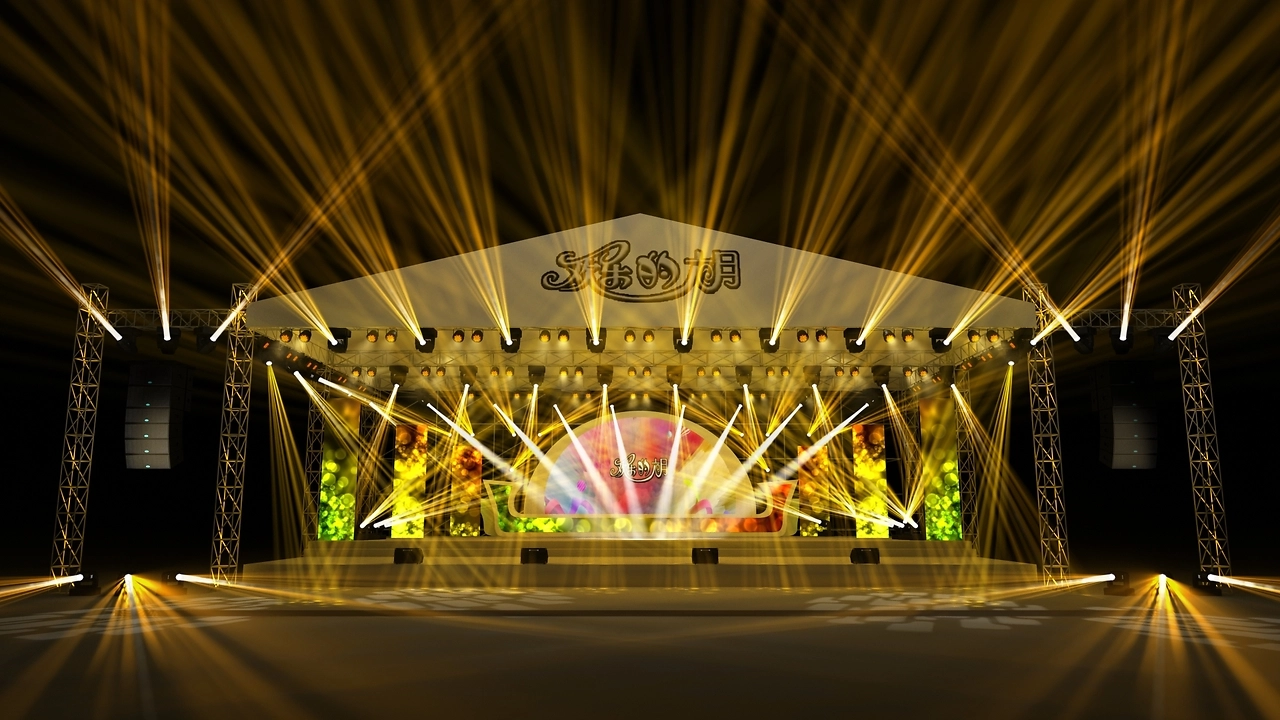
In terms of technological innovation, the introduction of holographic projection technology has enabled laser equipment to break through the limitations of the plane. By working together with an acousto-optic modulator and a Fresnel lens group, a 3D light image with depth perception can be generated in the air. The AirLaser system developed by a Japanese technology company can even use atmospheric particles as projection media to present suspended light curtains in outdoor spaces.
In the field of intelligent construction, laser positioning systems are reshaping the construction benchmark. During the construction of Shanghai center Building, the iCON equipment of Leica Geosystems is used to control the installation error of steel structure within ± 2mm through millimeter precision positioning. The built-in ATR automatic target recognition function of the device further improves measurement efficiency by 40%.
Whatsapp:+86 134 1860 8878
In the field of biomedical science, low-power laser devices have demonstrated unique value. Ultraviolet laser with a wavelength of 405nm can precisely destroy diseased tissues through photosensitization reaction. The two-photon microscope developed by a certain research team utilizes the nonlinear effect of femtosecond laser to achieve three-dimensional imaging of living cells, with a resolution reaching the level of subcellular organelles.
Of note is the field of environmentally friendly lighting. By combining laser light sources with fluorescent powder conversion technology, a certain enterprise has developed a hybrid lighting system with an energy efficiency ratio of 150lm/W. This remote fluorescence module pumped by laser diodes not only has a color rendering index exceeding 95, but also reduces the energy consumption of traditional LED lamps by 30%. In the light show of smart cities, a dynamic canopy composed of lasers, combined with an IoT control system, can change the light effect in real time based on environmental data, creating a human-machine interactive light and shadow spectacle.
The current beam technology is showing three major development directions: continuous improvement in power density, breaking through from the 10000 watt level to the 100000 watt level; The spectral coverage extends to the deep ultraviolet and terahertz frequency bands; The form of equipment is developing towards modularity and integration. With the maturity of quantum dot laser and fiber coupling technology, we may see innovative applications such as wearable micro projection devices and solid-state LiDAR in autonomous driving in the future. As beam technology breaks through the traditional boundaries of illumination, an intelligent world constructed by photons is accelerating.

